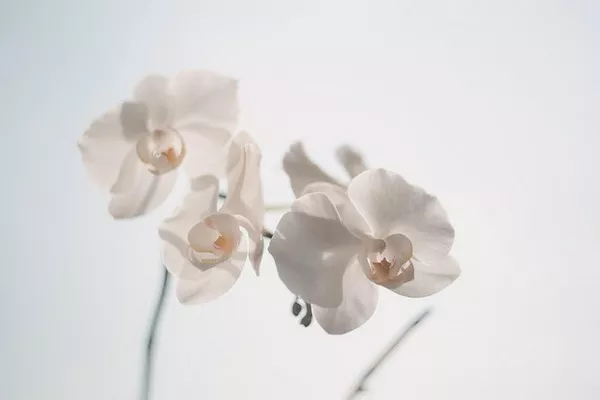Drying and pressing flowers is a timeless and captivating craft that allows nature’s beauty to be preserved and cherished long after their blooms have faded. Whether you’re an avid gardener, a nature enthusiast, or someone seeking a creative outlet, mastering the art of drying and pressing flowers can bring a sense of accomplishment and aesthetic appeal to your projects. This article will provide you with a comprehensive guide on how to successfully dry and press flowers, ensuring that their colors, shapes, and textures are preserved for years to come.
Choosing the Right Flowers
Selecting the right flowers for drying and pressing is crucial to achieving the best results. Not all flowers are suitable for this process, as some varieties retain their color and shape better than others. Ideal candidates for pressing include delicate blooms with thin petals, such as pansies, daisies, and violets, as well as herbs like lavender and rosemary. It’s recommended to pick flowers that are fully open but not yet past their prime, as this will ensure vibrant colors and minimal petal shedding during the drying process.
Harvesting the Flowers
Timing is essential when it comes to harvesting flowers for drying and pressing. It’s best to choose flowers during a dry spell, preferably in the morning after any dew has evaporated. Using sharp scissors or pruning shears, snip the stems of the flowers just below the bloom. Avoid using flowers that have visible signs of damage or blemishes, as these imperfections will be preserved during the pressing process.
Preparing for Pressing
Before you begin the pressing process, gather the necessary materials:
Flowers: Choose the flowers you wish to press, making sure they are clean and free from insects or dirt.
Absorbent Paper: Acid-free blotting paper or tissue paper works well for pressing flowers. These materials will help absorb moisture from the flowers during the drying process without causing discoloration.
Heavy Books or Flower Press: You can use heavy books or a purpose-built flower press for pressing the flowers. If using books, ensure that they are clean and dry to prevent transferring any moisture.
Weights: You’ll need weights to apply pressure evenly on the flowers during the pressing process. This can be achieved using additional books or specific press weights.
Pressing the Flowers
Prepare the Flowers: Arrange the flowers on a flat surface between two sheets of absorbent paper. Make sure the flowers are spaced apart to prevent overlap, which could lead to uneven pressing and distortion.
Pressing Technique: If using a flower press, follow the manufacturer’s instructions for layering the flowers and blotting paper. If using books, place the flowers between layers of paper within the pages and close the book gently.
Applying Pressure: Stack additional books or weights on top of the flowers to apply gentle, even pressure. The pressure encourages the flowers to flatten and dry evenly. Check the flowers after a few days to determine their progress.
Drying Time: The drying time varies depending on the type of flowers and the humidity level in your environment. Most flowers will take one to two weeks to dry completely. Check for dryness by touching the petals—if they are brittle and papery, the flowers are ready.
Preserving Color
To retain the vibrant colors of the pressed flowers, it’s important to minimize exposure to direct sunlight and harsh lighting. Display your pressed flowers in shadow boxes, frames, or other protective enclosures to shield them from UV rays. Consider using UV-resistant glass or acrylic to further prevent fading.
Using Pressed Flowers
Once your flowers are successfully dried and pressed, there are numerous creative ways to incorporate them into various projects:
Home Decor: Adorn your living space with framed pressed flower art, decorative coasters, or delicate mobiles.
Greeting Cards: Add an elegant touch to handmade greeting cards by attaching pressed flowers with adhesive.
Scrapbooking: Elevate your scrapbooking projects by incorporating pressed flowers to create visually captivating pages.
Candle Making: Embed pressed flowers into homemade candles for a unique and artistic touch.
Bookmarks: Create personalized bookmarks by laminating pressed flowers between sheets of transparent material.
Conclusion
The art of drying and pressing flowers offers a delightful way to capture the ephemeral beauty of nature and transform it into lasting works of art. By selecting the right flowers, mastering the pressing technique, and taking care to preserve their colors, you can unlock a world of creative possibilities. Whether you’re a seasoned crafter or a novice enthusiast, the process of drying and pressing flowers is a rewarding endeavor that allows you to connect with nature’s beauty and create cherished keepsakes that stand the test of time.


